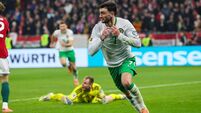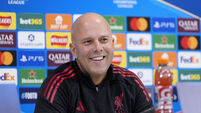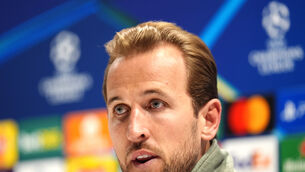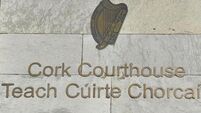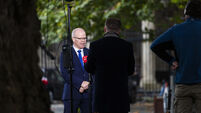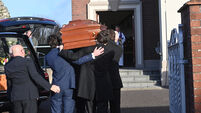Liverpool 1990 v 2020: How the two sides book-ending a 30-year wait compare


For a long time this season, Jurgen Klopp’s champions looked invincible but the idea that they’d wipe the floor with Kenny Dalglish’s 1990 champions is way off the mark. pits them head to head.




